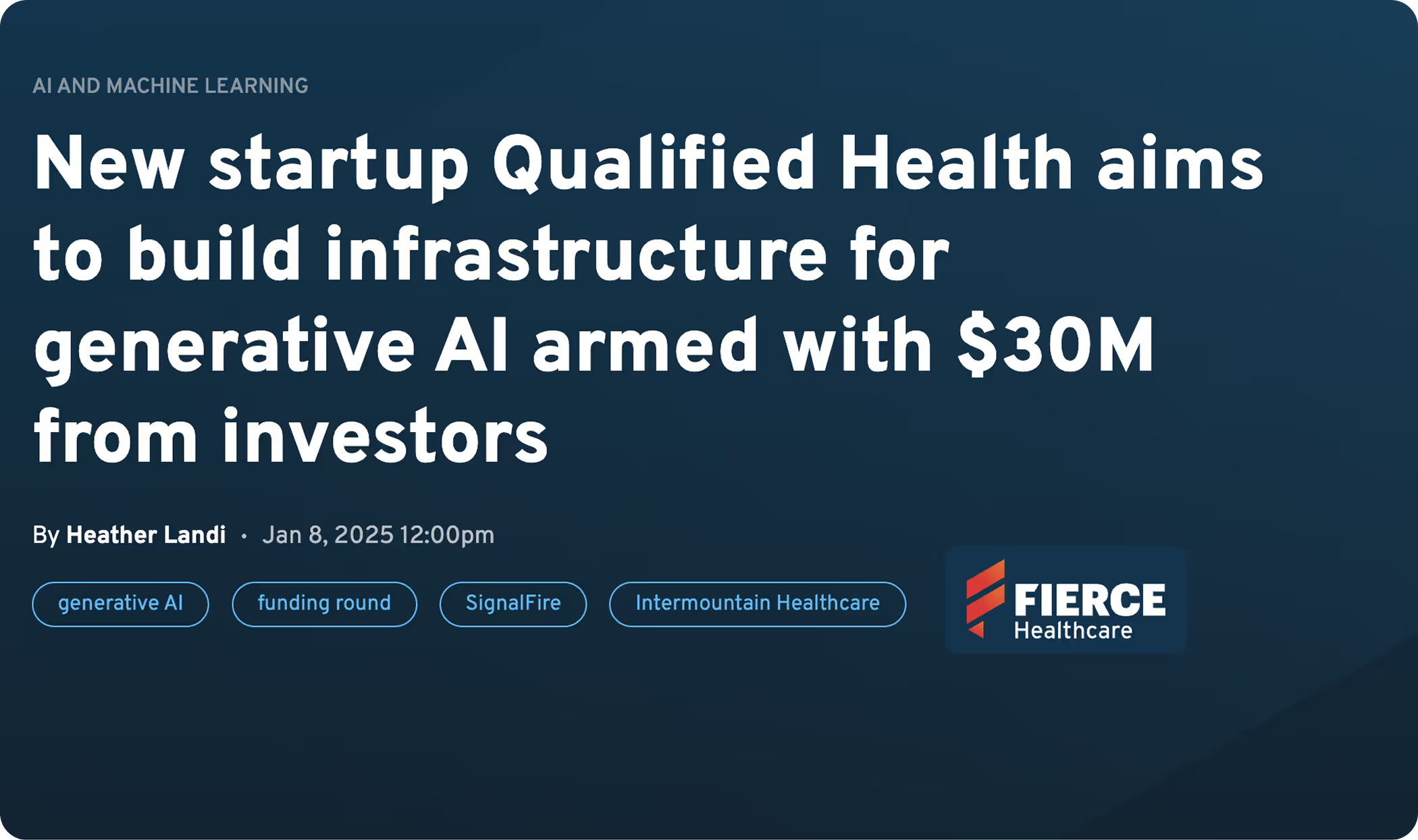Run-Rate Impact in 3-5 Years
We conducted an analysis on how health systems facing historic funding cuts can leverage AI
as a financial lifeline and unlock over $100M in impact within 3-5 years through strategic,
system-wide deployment across high-impact areas.
Healthcare systems across the US are facing an unprecedented financial crisis, and it’s about to get worse.
With an expected $1 trillion reduction in government healthcare funding through 2034, healthcare leaders must act decisively to ensure organizational survival.
When implemented correctly, generative AI is increasingly becoming a force multiplier for regional health systems and academic medical centers (AMCs), delivering double-digit margin improvements in multiple cases.
In the next three years, the gap between health systems that scale AI effectively and those that hesitate will be measured in nine-figure differences to the bottom line.
Healthcare systems are looking at pressures that could reduce operating margins by 3.5 to 5.6 percentage points by 2028, which could push them into negative margin territory within three years.
Premium tax credit expiration and additional benefit restrictions could increase the uninsured population by 8.8 million, leading to lost revenue and higher uncompensated care.
Federal spending cuts could trigger 2-4% Medicare reimbursement cuts.
H.R. 1 provisions eliminate coverage for 10+ million Americans, leading to 40-50% increase in uncompensated care.
Tariff-driven cost increases create margin compression, with particular pressure on pharmaceutical and medical device costs.
Labor shortages and 50% increase in resignations since 2020 drive labor compensation costs 1.2% above inflation without proactive intervention, these headwinds will fundamentally challenge hospital financial viability industry-wide within three years.
Fortunately for healthcare systems and their patients, we have the tools that can stave off financial disaster. Generative and agentic AI already are making major inroads into healthcare, and the pending cuts will only accelerate their adoption.
We conducted a multi-source analysis to quantify AI’s potential impact for a $2B net patient service revenue (NPSR) health system.



Health systems executing comprehensive, well-governed AI strategies can capture 8–15% sustained margin improvement within 3–5 years—equivalent to 5x+ ROI.
For a $2B NPSR system, targeting high-return, rapid-deployment use cases with first-mover advantage, this translates into a $100M run-rate margin lift by 2028.

The University of Rochester Medical Center (URMC) has chosen Qualified Health to implement an enterprise-wide generative AI platform and product suite, bringing secure, governed AI capabilities to more than 32,000 employees across its eight hospitals, cancer center, primary care and urgent care network, and nationally recognized medicine, dentistry, and nursing schools. The platform will streamline administrative workflows, reduce clinician burden, and enhance patient care, while ensuring safeguards and accountability at scale.
Generative AI in healthcare has reached a turning point as adoption continues to grow, but health systems face critical challenges with scaling the technology. Establishing effective policies around governance and security and building trust around generative AI solutions in healthcare continue to be major hurdles. New startup Qualified Health aims to work with health systems to tackle these foundational issues by building an AI infrastructure for healthcare.


